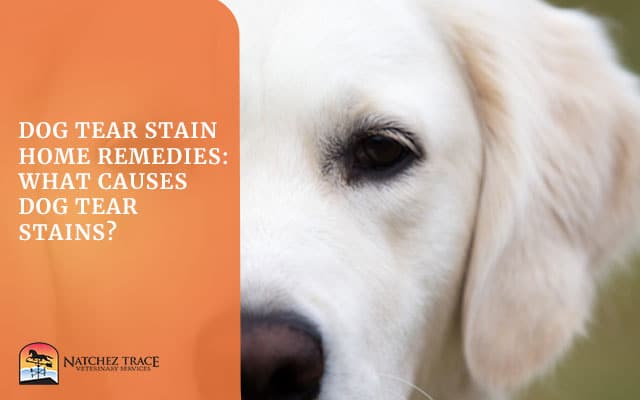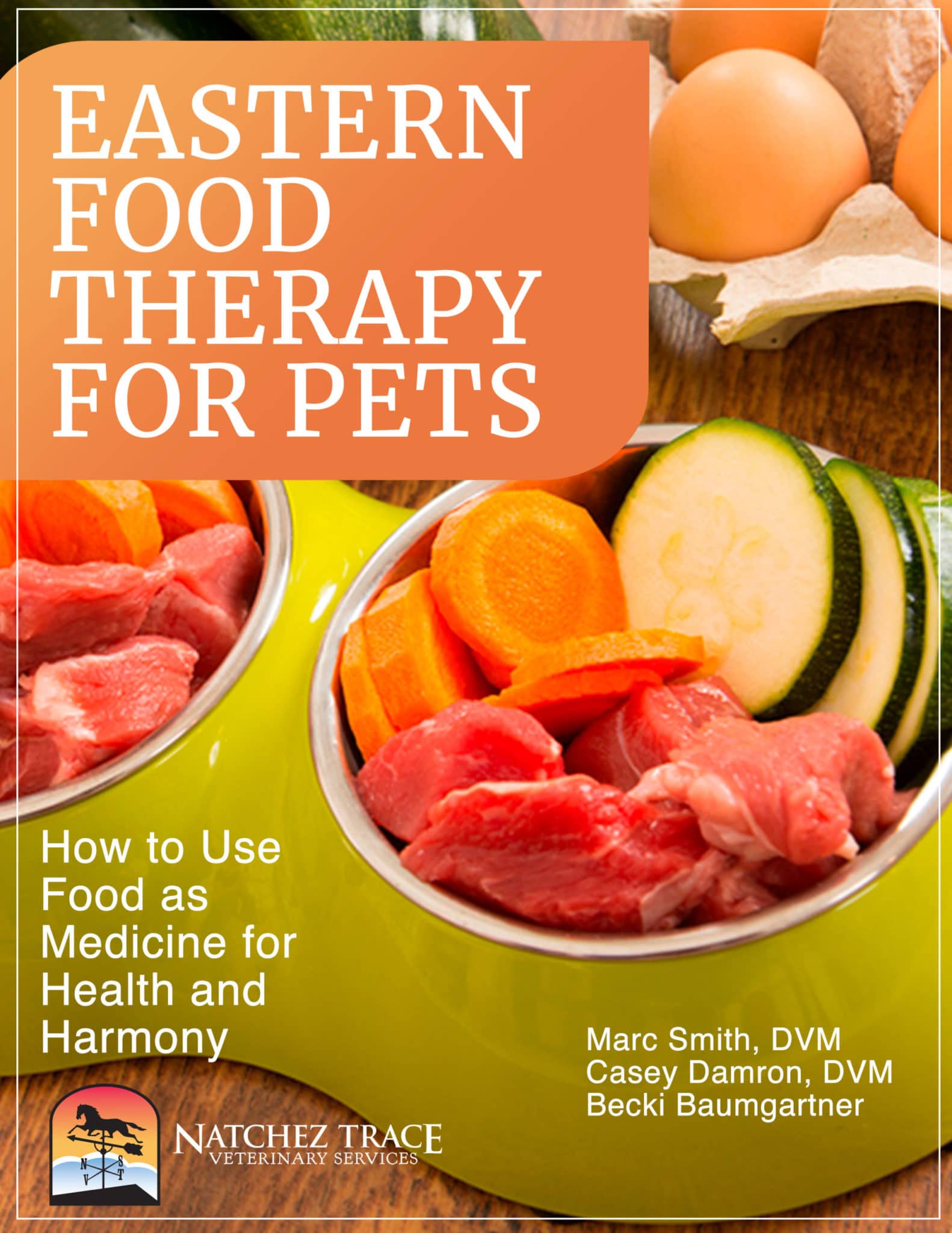Some dogs are naturally more likely to have visible tear stains because of their breed and coloration.
Obviously, white or light colored dogs will show tear staining more than others because the pigments in the tears can easily dye white and light colored fur.
Some breeds are more susceptible to tear staining because they have hair in skin folds around their eyes, shallow eye sockets, or a tendency to get blocked tear ducts.
Some of these breeds are:
- Shih-tzu
- Pekenese
- Maltese
- Pug
- Cocker Spaniels
- Poodles
Normally, a dog’s tear ducts will drain the tears out of the eye and down it’s throat. Sometimes, though, a dog’s physical attributes will not allow this to function as it should.
Some physical attributes that lead to tear staining are:
- Shallow eye sockets
- Hair growth around the eye
- Blocked tear ducts
- Eyelids that turn inward
Dog Tear Stain Home Remedies: Dog Tear Stains Could Be a Sign of an Underlying Issue
The first and most important thing to do is to find the underlying cause of your dog’s excessive tearing. If the excessive tearing is because of your dog’s genetic makeup or breed, then the goal is to reduce skin irritation and coat discoloration.
The tearing might be caused by eye irritation. If your dog’s eyes are always irritated, you need to eliminate the source of the irritation.
Some common factors that can irritate a dog’s eyes and cause excessive tearing are:
- Allergies
- Dry eyes
- Hair getting into the eye
- Eye infection
- Glaucoma
- Corneal ulcers
- Inflammation
- Cataracts
- Injuries
- Eyelids growing inward
You may want to make a quick trip to your veterinarian to find out of the cause of the excessive tearing is because of a medical issue or because of breed/genetic makeup.
Dog Tear Stain Home Remedies: The Recipes
To safely and easily remove dog tear stains, follow this recipe:
Hydrogen Peroxide and Corn Starch
- 1 Teaspoon Hydrogen Peroxide
- 1 Teaspoon Corn Starch
- Mix the above ingredients together completely until a thick paste is formed.
- Apply the mixture to the stained areas of your pet’s face. Be very careful not to get the mixture into your pet’s eyes.
- Allow to sit at least two hours.
- Gently wipe the paste off with a damp cloth, moving out away from the eyes, being very careful not to get the residue in your pet’s eyes.
- Gently brush the fur, moving out away from the eyes.
Vinegar pH Balancing
Many times tear staining is caused by a pH imbalance in an animal’s system. You can help to rebalance your pet’s pH by adding a teaspoon of vinegar to its daily drinking water. This will help to elminiate the staining of the tears.
Trim the Hair Around Your Dog’s Eyes
Many times a dog with longer hair on the face will experience excessive tearing because the hair keeps getting into it’s eyes. You can eliminate this problem by carefully trimming the hair close to the eyes shorter, thus keeping it out of the eyes.
Does Your Dog Also Suffer From Allergies?
There are many quick and easy changes you can make at home to help your pet feel better.
- Learn more about dog allergies.
- Switch to a Limited Ingredient Diet. PET | TAO Limited Ingredient Diet is naturally low in foods that stimulate an allergic response.
- Supplement with medicinal mushrooms. PET | TAO Complement Immune Mushroom Blend eases inflammatory response and ease allergy symptoms.
- Try digestive enzymes and probiotics. PET | TAO Harmonize Gi boosts gut health and combats food allergens.
- Feed Freeze Dried Lung Treats. According to TCVM, Lung is on the same meridian as the skin. Therefore, lung treats help both breathing and skin allergies. Lung treats support lung and skin similar to a glandular supplement in a “like treats like” fashion.
- Learn more about TCVM Herbal Remedies. Chinese medicine offers many amazing natural solutions for dog allergies Some good examples are:
Sources:
- CarePaw.com
- PetEducation.com
- WebMD







